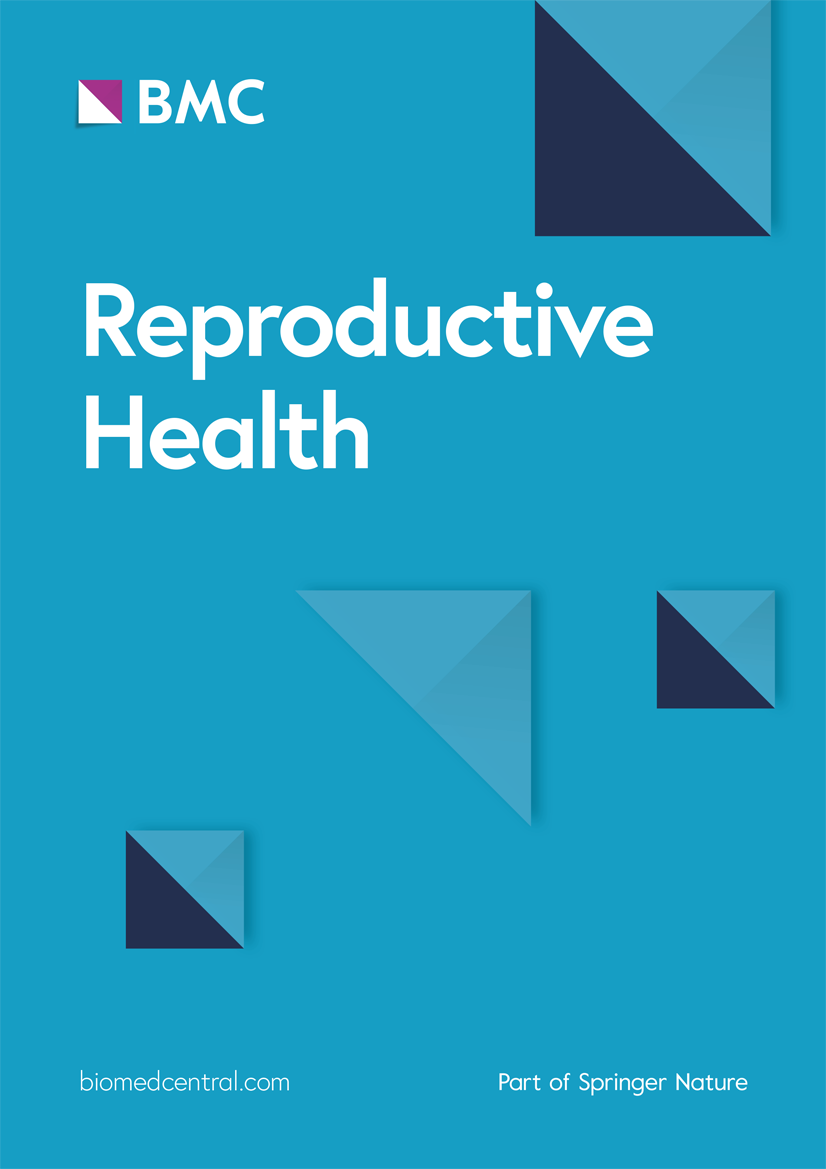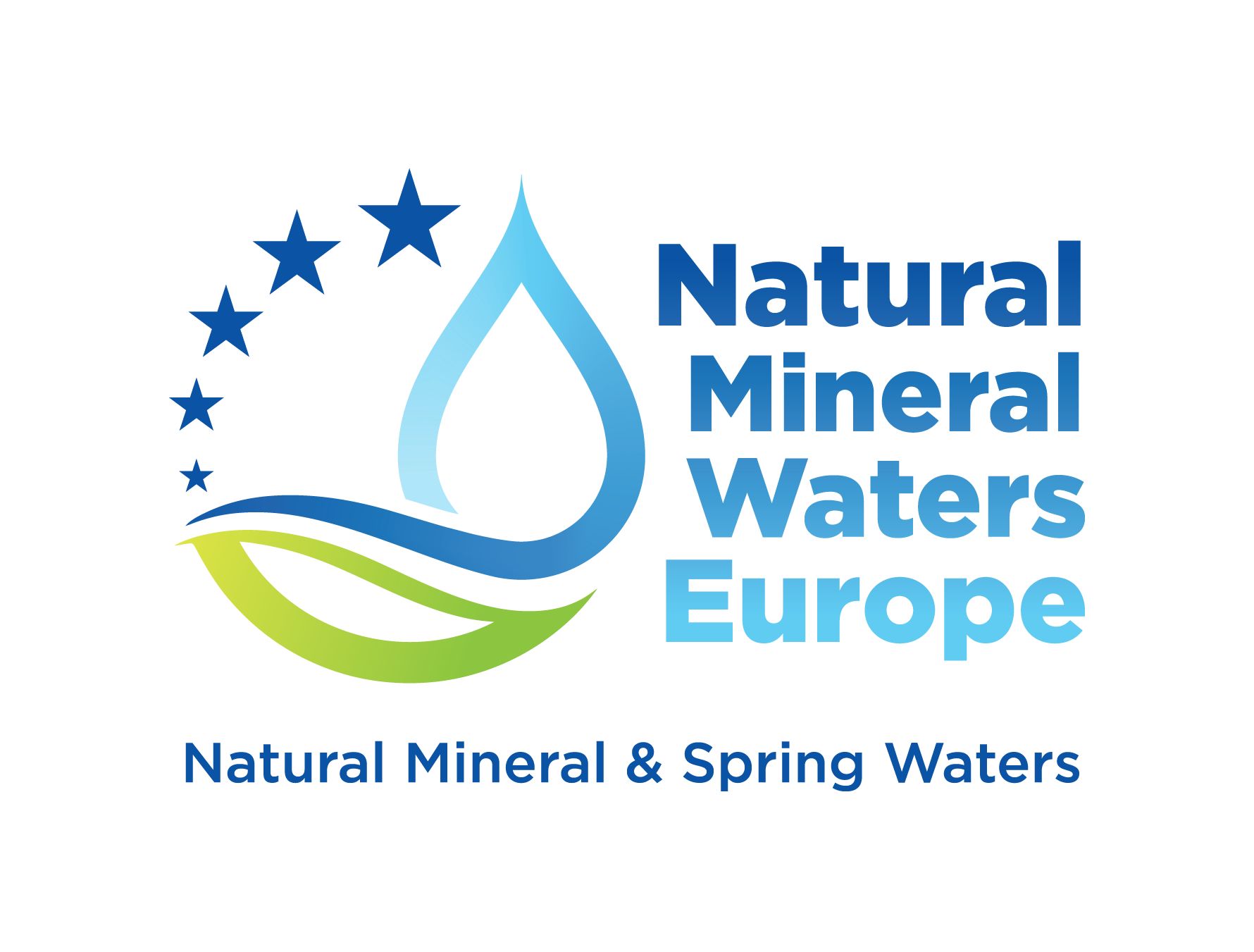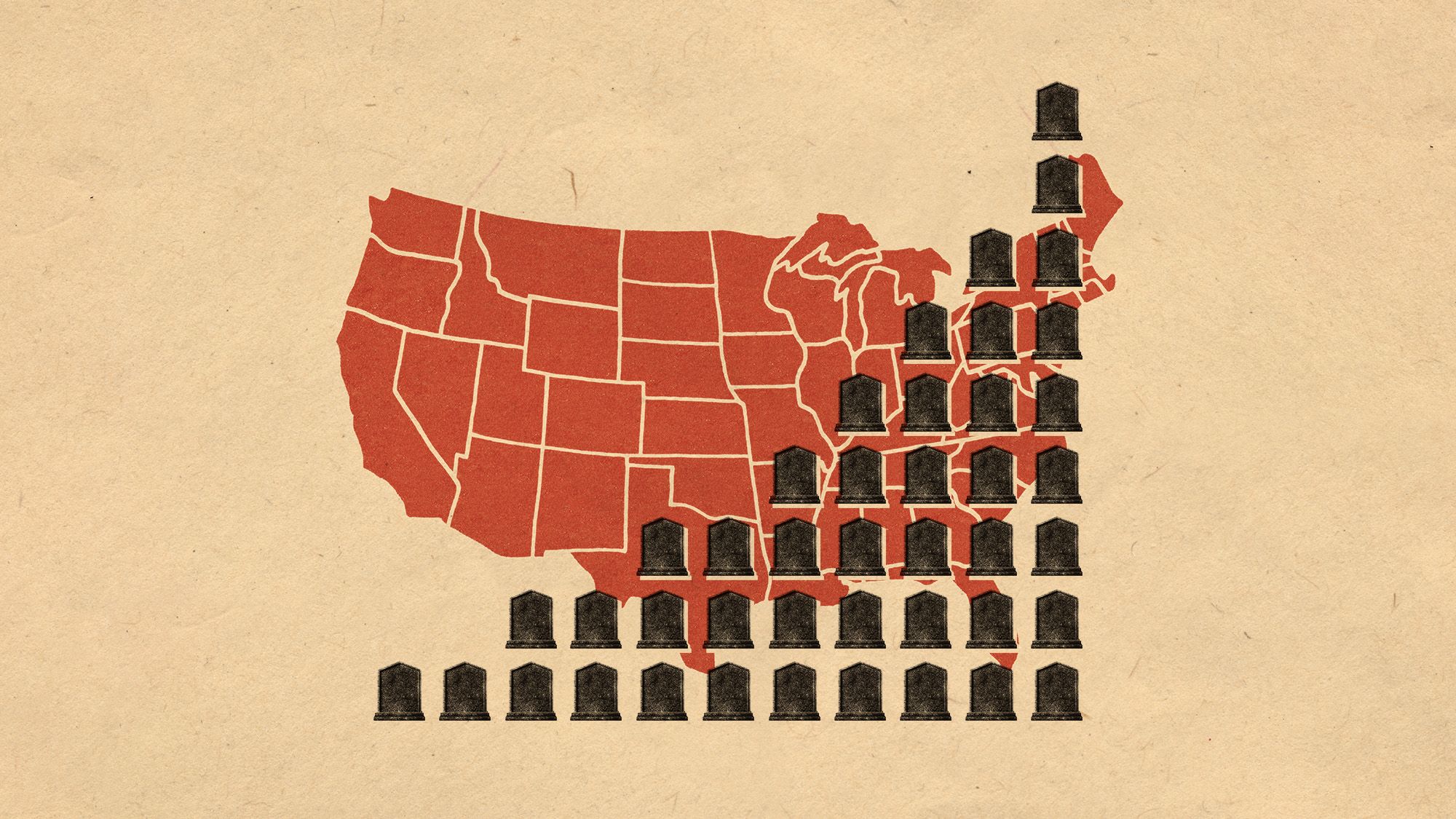Web of lives: Benefits of wolves returning to Yellowstone food web – NPR for Oregonians

Ecological Restoration in Yellowstone National Park: A Case Study in Achieving Sustainable Development Goals
Executive Summary
A longitudinal study conducted in Yellowstone National Park by researchers from Oregon State University provides compelling evidence of a successful trophic cascade restoration following the reintroduction of wolves in 1994-1995. The study, led by Luke Painter, demonstrates that the return of this apex predator has controlled the previously overabundant elk population, allowing for the significant recovery of native aspen stands. This ecological recovery directly supports key targets within the United Nations Sustainable Development Goals (SDGs), particularly SDG 15 (Life on Land), and creates synergistic benefits for SDG 13 (Climate Action) and SDG 6 (Clean Water and Sanitation).
The Ecological Imbalance: A Threat to SDG 15
Prior to the wolf reintroduction, the northern Yellowstone ecosystem faced a significant challenge to its long-term sustainability, directly contravening the principles of SDG 15 (Life on Land).
- Habitat Degradation: An explosion in the elk population during the 20th century led to intense browsing pressure on young woody plants.
- Loss of Biodiversity: The suppression of young aspen, willow, and cottonwood trees prevented the regeneration of these critical deciduous forests. This threatened the habitat for numerous other species, including songbirds, insects, and beavers, leading to a decline in overall biodiversity (contrary to SDG Target 15.5).
- Ecosystem Failure: The lack of new tree growth meant that as older aspen stands died out, they were not being replaced, leading to a potential permanent loss of this habitat type from the ecosystem.
The Wolf Reintroduction: A Catalyst for Ecosystem Recovery
The reintroduction of wolves in 1994-1995 served as a pivotal intervention. By restoring a key predator to the food chain, the program initiated a trophic cascade that has helped restore the natural ecosystem functions, a primary goal of SDG 15.
Longitudinal Study Findings and Implications
Research conducted over more than two decades tracked the recovery of aspen stands in randomly selected plots across northern Yellowstone. The timeline highlights a clear progression towards ecological restoration.
- 1997-1998: A baseline survey conducted shortly after wolf reintroduction found no young aspen trees taller than one meter, indicating continued suppression by elk.
- 2012: A follow-up study revealed a noticeable increase in the height of young aspen trees, as reduced elk populations led to lower browsing pressure.
- 2020-2021: The most recent survey documented a critical milestone: young aspen trees were found to have reached a diameter of five centimeters. This is a key threshold indicating they have successfully matured into the overstory and will contribute to the future of the forest, securing the habitat for the long term.
Direct Contributions to Sustainable Development Goal 15: Life on Land
The recovery of the Yellowstone ecosystem provides a powerful model for achieving SDG 15 targets.
- Halting Biodiversity Loss (Target 15.5): The regeneration of aspen stands creates diverse habitats. Aspen forests support a unique understory of plants and are crucial for nesting songbirds, various insect species, and other fauna, thereby halting and reversing the loss of local biodiversity.
- Restoring Terrestrial Ecosystems (Target 15.1): The project has successfully restored a more resilient and self-regulating terrestrial ecosystem. The predator-prey dynamic now controls the herbivore population, allowing for the natural regeneration of forests without costly and continuous human intervention like culling programs.
- Supporting Keystone Species: The return of aspen and willows is critical for the recovery of beaver populations. Beavers are ecosystem engineers whose activities further enhance habitat and water resource management.
Synergistic Impacts on Climate Action (SDG 13) and Clean Water (SDG 6)
The ecological benefits extend beyond biodiversity, contributing to climate resilience and water management.
- Climate Action (SDG 13): The recovery of beaver populations, facilitated by the availability of aspen and willows, leads to the creation of dams and wetlands. These wetlands store water in the landscape, which helps to mitigate the effects of drought and increases the ecosystem’s resilience to climate change-induced stressors like more frequent wildfires (SDG Target 13.1).
- Clean Water and Sanitation (SDG 6): Beaver-created wetlands are vital for protecting and restoring water-related ecosystems. They improve water quality, regulate stream flow, and expand wetland habitats, directly contributing to the goals of SDG Target 6.6.
Challenges and Future Outlook
While the Yellowstone case is a significant success, several factors present ongoing challenges and considerations for future conservation efforts.
- New Ecological Pressures: The bison population in northern Yellowstone has increased significantly, and they also browse and damage young aspen. This represents a new dynamic that researchers are monitoring.
- Replicability: The unique conditions of a protected national park make Yellowstone an ideal “laboratory.” Translating these results to other regions, such as Oregon, is complicated by confounding factors like cattle grazing, human hunting of both elk and wolves, and different land management policies.
- Restoring Functional Ecosystems: The goal of modern restoration ecology is not to return to a static past state but to foster resilient, functional ecosystems capable of adapting to ongoing changes, including climate change. The reintroduction of predators is a key strategy for building this resilience.
Sustainable Development Goals (SDGs) Analysis
1. Which SDGs are addressed or connected to the issues highlighted in the article?
-
SDG 15: Life on Land
This is the most prominent SDG in the article. The entire discussion revolves around the restoration of the terrestrial ecosystem of Yellowstone National Park. It details how the reintroduction of a keystone predator (wolves) halted land degradation caused by over-browsing from elk, leading to the recovery of aspen forests and the restoration of a more natural ecological balance. The article explicitly covers the protection and restoration of mountain ecosystems and the halting of biodiversity loss by creating conditions for aspen, beavers, songbirds, and other species to thrive.
-
SDG 13: Climate Action
This SDG is addressed when the discussion turns to the broader implications of ecosystem restoration. The article suggests that a healthy ecosystem is more resilient to the impacts of climate change. Specifically, the return of beavers, facilitated by the recovery of willows and aspen, can lead to the creation of wetlands. These wetlands help retain moisture, counteracting the drying effects of a warming climate, and can make the landscape more resilient to the increasing frequency or intensity of wildfires.
-
SDG 6: Clean Water and Sanitation
This goal is connected through the discussion of beavers and their role in the ecosystem. The article states that the recovery of aspen and willow populations supports the return of beavers. Beaver dams create and expand wetlands, which are critical water-related ecosystems. These wetlands play a crucial role in regulating water flow, improving water quality, and supporting a wide array of freshwater-dependent species, thereby contributing to the protection and restoration of water-related ecosystems.
2. What specific targets under those SDGs can be identified based on the article’s content?
-
SDG 15: Life on Land
- Target 15.1: “ensure the conservation, restoration and sustainable use of terrestrial and inland freshwater ecosystems and their services”. The article is a case study in the restoration of the Yellowstone mountain and forest ecosystem by reintroducing wolves to control elk populations and restore natural processes.
- Target 15.3: “combat desertification, restore degraded land and soil”. The suppression of aspen and willow growth by excessive elk browsing represents a form of land degradation. The study shows this trend is being reversed, with aspen stands now successfully regenerating.
- Target 15.5: “Take urgent and significant action to reduce the degradation of natural habitats, halt the loss of biodiversity”. The reintroduction of wolves was a significant action that has reduced the degradation of aspen habitats. This, in turn, is halting the potential local loss of aspen and supports a greater diversity of species, including songbirds, insects, and beavers.
-
SDG 13: Climate Action
- Target 13.1: “Strengthen resilience and adaptive capacity to climate-related hazards and natural disasters”. The article posits that the restored ecosystem, particularly with the return of beavers creating wetlands, enhances resilience to climate-related hazards like drought and increased fire frequency.
-
SDG 6: Clean Water and Sanitation
- Target 6.6: “protect and restore water-related ecosystems, including mountains, forests, wetlands, rivers…”. The potential for beavers to return and “expand wetlands” as a result of the trophic cascade is a direct contribution to restoring water-related ecosystems within the Yellowstone landscape.
3. Are there any indicators mentioned or implied in the article that can be used to measure progress towards the identified targets?
-
Indicators for SDG 15 (Life on Land)
- Elk Population Levels: The article notes the elk population “went down and continued to decrease” after the wolf reintroduction, moving from “record highs” to a lower, more sustainable density.
- Browsing Pressure on Aspen: This is a direct measure of herbivore impact. The article mentions browsing was “reduced down into the range of, you know, 50 to 60%,” allowing trees to grow.
- Height and Diameter of Young Aspen: The study uses tree growth as a key indicator. In the late 90s, no young aspen were “taller than about a meter.” The recent study found trees reaching a “diameter of five centimeters,” a threshold indicating their survival into adulthood.
- Return of Keystone Species: The presence and population of both wolves (reintroduced) and beavers (“beginning to return to some of the streams”) serve as indicators of ecosystem health and restoration.
-
Indicators for SDG 13 (Climate Action)
- Area of Expanded Wetlands: The article mentions the hope that beavers will “expand wetlands.” Measuring the acreage of these wetlands over time would be an indicator of increased water storage and landscape resilience to drought.
-
Indicators for SDG 6 (Clean Water and Sanitation)
- Number of Beaver Colonies: The return and establishment of beaver colonies is a direct indicator of the restoration of a critical component of the water-related ecosystem.
4. Summary of Findings
| SDGs | Targets | Indicators |
|---|---|---|
| SDG 15: Life on Land |
|
|
| SDG 13: Climate Action |
|
|
| SDG 6: Clean Water and Sanitation |
|
|
Source: klcc.org

What is Your Reaction?
 Like
0
Like
0
 Dislike
0
Dislike
0
 Love
0
Love
0
 Funny
0
Funny
0
 Angry
0
Angry
0
 Sad
0
Sad
0
 Wow
0
Wow
0




























.jpg?#)















































